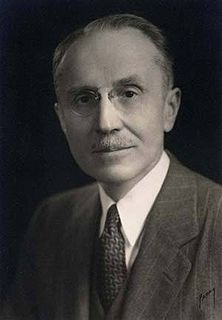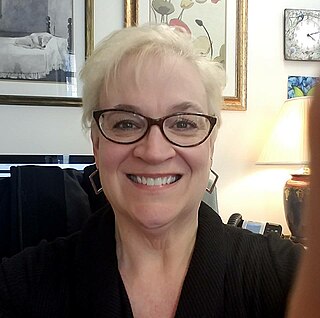 W
WJohn Merton Aldrich was an American entomologist. Aldrich was the Associate Curator of Insects at the United States National Museum. He is considered one of the most prolific entomologists in the study of flies.
 W
WDr. Andrey Avinoff, was a Russian entomologist. Avinoff was the Director of the Carnegie Museum of Natural History for 20 years from 1926 to 1946. He established himself as one of the world's greatest butterfly collectors and is also well known for his paintings.
 W
WElmer Darwin Ball was an American entomologist. Ball is known for his contributions to the knowledge of the leafhoppers, treehoppers, froghoppers, and other related insects.
 W
WGerhard J. Gries is a full professor of Animal Communication Ecology at the Department of Biological Sciences at Simon Fraser University.
 W
WBerthold Karl Hölldobler is a German sociobiologist and evolutionary biologist who studies evolution and social organization in ants. He is the author of several books, including The Ants, for which he and his co-author, E. O. Wilson received the Pulitzer Prize for non-fiction writing in 1991.
 W
WLeland Ossian Howard, Ph.D., M.D., was a pioneer American entomologist who worked in the US Department of Agriculture. Serving as the chief of the bureau of entomology, a successor to C.V. Riley, he helped establish economic entomology as a profession in the United States and strengthened research activities, helping establish laws to prevent the introduction of agricultural pests. He was a specialist on the Hymenopteran family Chalcididae, which are parasitic and contributed to the introduction of biological control agents for pest management. Howard also took an interest in medical entomology.
 W
WAlfred Charles Kinsey was an American biologist, professor of entomology and zoology, and sexologist who, in 1947, founded the Institute for Sex Research at Indiana University, previously known as the Kinsey Institute for Research in Sex, Gender, and Reproduction. He is best known for writing Sexual Behavior in the Human Male (1948) and Sexual Behavior in the Human Female (1953), also known as the Kinsey Reports, as well as the Kinsey scale. Kinsey's research on human sexuality, foundational to the field of sexology, provoked controversy in the 1940s and 1950s. His work has influenced social and cultural values in the United States as well as internationally.
 W
WWalter Soares Leal is a Brazilian entomologist who is Distinguished Professor of Entomology at the University of California, Davis.
 W
WSarah (Sally) Jean Rockey is the inaugural Executive Director of the Foundation for Food and Agriculture Research, where she funds innovative agricultural research efforts through private/public partnerships. Prior to this position, Rockey was Deputy Director for Extramural Research at the United States National Institutes of Health (NIH), overseeing research administration for the largest research program in the world.
 W
WEdward Payson Van Duzee was an American entomologist noted for his work on Hemiptera. As of 1885, he was a librarian at Grosvenor Library of Buffalo New York for 28 years, and then relocated to California in 1912 where he took a position at Scripps Institute in La Jolla. The same year, Van Duzee became a fellow at the Entomological Society of America. Due to his fellowship, Van Duzee was appointed as an instructor of entomology at the University of California, Berkeley, from 1914–16, after which he was served as curator of the entomology collection at the California Academy of Sciences from 1916 to 1940. At the time of his death, he had approximately 165 publications in addition to his noted Catalogue of the Hemiptera where he established 46 new genera and 906 species or subspecies.
 W
WSamuel Wendell Williston was an American educator, entomologist, and paleontologist who was the first to propose that birds developed flight cursorially, rather than arboreally. He was a specialist on the flies, Diptera.